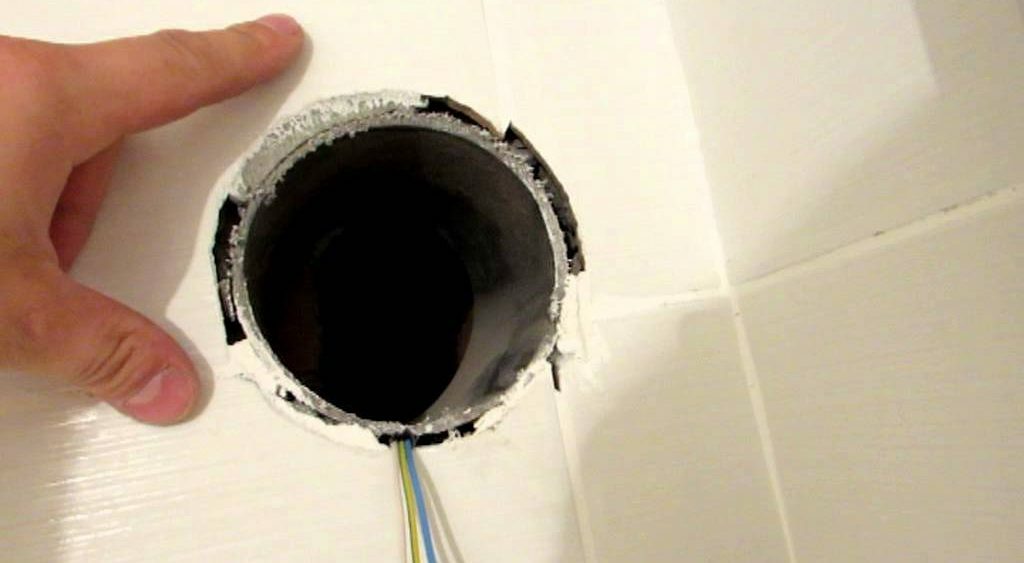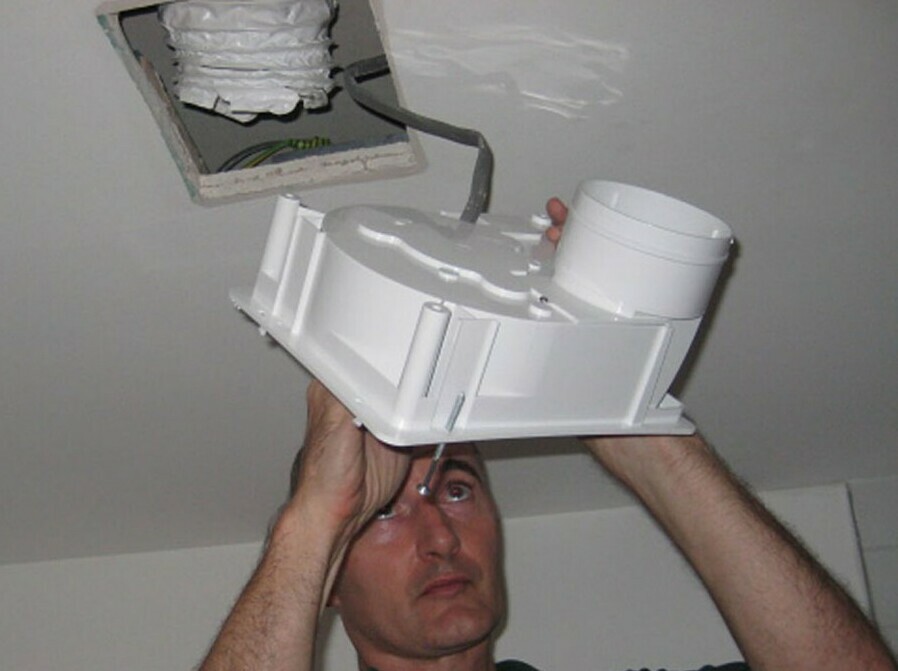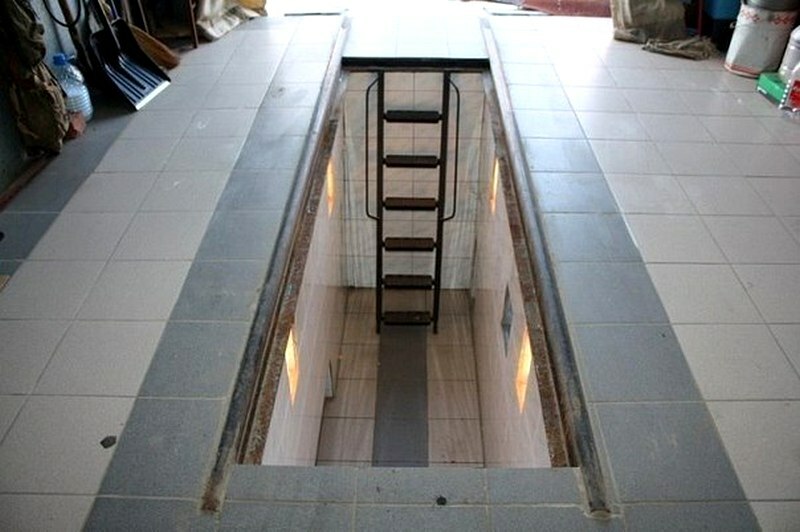The content of water vapor in the air is an important indicator of the comfort of the indoor microclimate. Agree that excessive dryness or, conversely, air humidity can have an extremely negative effect on the well-being of not only people.
An uncomfortable microclimate also affects plants, pets, the condition of furniture, walls and their finishes. In order to optimize the microclimate, it is necessary to figure out how to measure the humidity in the room and what are its parameters considered optimal for human life?
You can find answers to these and many other questions in our material.
The content of the article:
- The first signs of a change in the microclimate
-
Moisture measurement methods
- Hardware measurement of relative humidity
- Alternative moisture measurement methods
- Recommendations for choosing a hygrometer
- Tips for creating a comfortable microclimate
- Conclusions and useful video on the topic
The first signs of a change in the microclimate
Any deviations in relative humidity can be called an uncomfortable microclimate. Too dry air, as well as
excessively wet, harms human health, interior items, furniture and all living things.The primary methods for determining fluctuations in humidity and dryness are:
- discomfort on the mucous membranes, dryness of the skin unusual for humans, the appearance of a cough, frequent colds or allergic reactions;
- the formation of condensation on windows, mirrors and other glass surfaces;
- the occurrence of mold, dampness;
- wilting of plants;
- change in the appearance of furniture (drying, swelling of varnished products, etc.).
Any of these changes can be caused by too dry or humid air.
Pay attention to the first signs of high humidity or dryness - they become an important reason to start measuring indicators.
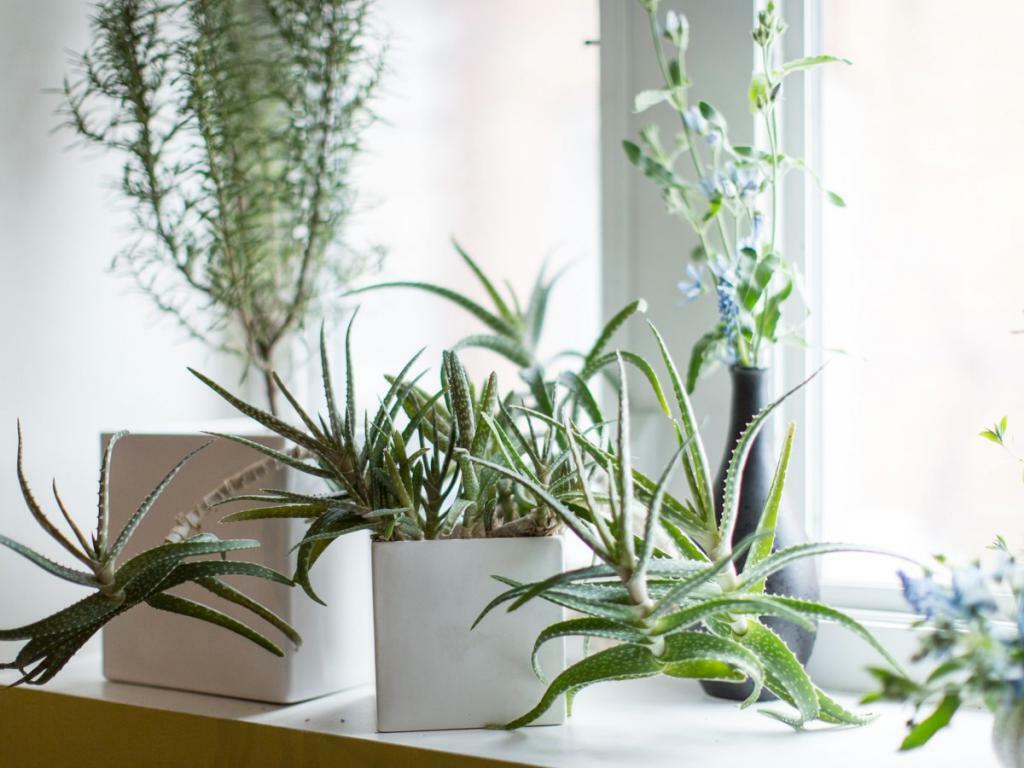
Withering of plants on the windowsill, even despite frequent watering, is an accurate sign of too dry indoor air.
In order to most accurately measure the relative humidity and take any measures to balance this indicator, special instruments should be used.
Moisture measurement methods
The indicator of a comfortable indoor climate is called relative humidity air. This parameter is calculated based on the vapor content and its interaction with the air.
Relative humidity is measured in several ways:
- visually and by the senses of those who are regularly in the room;
- using special equipment;
- using alternative methods.
Let's take a closer look at how you can measure indoor humidity and what it takes.
Hardware measurement of relative humidity
To the most accurate and demanded moisture measuring devices hygrometers are considered.
A hygrometer is a device that is designed for high-precision measurement of air humidity and is divided into several subspecies.
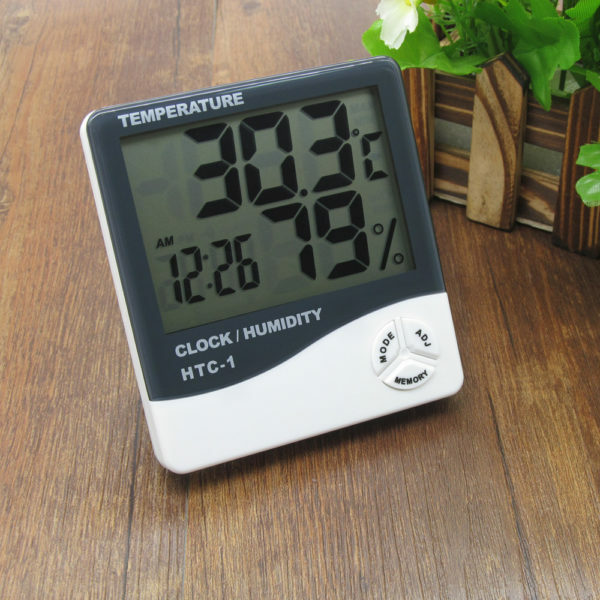
For the most accurate measurement of the relative humidity in a room, only high-quality and high-precision instruments should be used. Electronic hygrometers are considered one of the most accurate devices.
The most classic options for such devices are: hair, film and psychometric hygrometers.
Option number 1 - hair hygrometer
This type of hygrometer is based on synthetic hair, a measuring scale with an arrow and a spring. When the readings fluctuate with respect to moisture, the tension force of the hair changes, which causes the spring to operate and display the measured data on a scale.
Such a device can measure readings ranging from 30% to 80%.
Option number 2 - film type hygrometer
Such a device consists of a sensitive film and a counterweight that react to changes in dryness or humidity. Indicators are displayed on a scale and, as in the previous case, range from 30% to 80%.
Option number 3 - psychometric device
Hygrometer of psychometric type. This device works on the principle of interaction of two thermometers (dry and wet). The readings that are displayed on the scale of the thermometers must be checked against a special table and the exact data on the humidity in the room must be calculated.
This type of devices is of three types: remote, station, aspiration. The most popular is the station hygrometer.
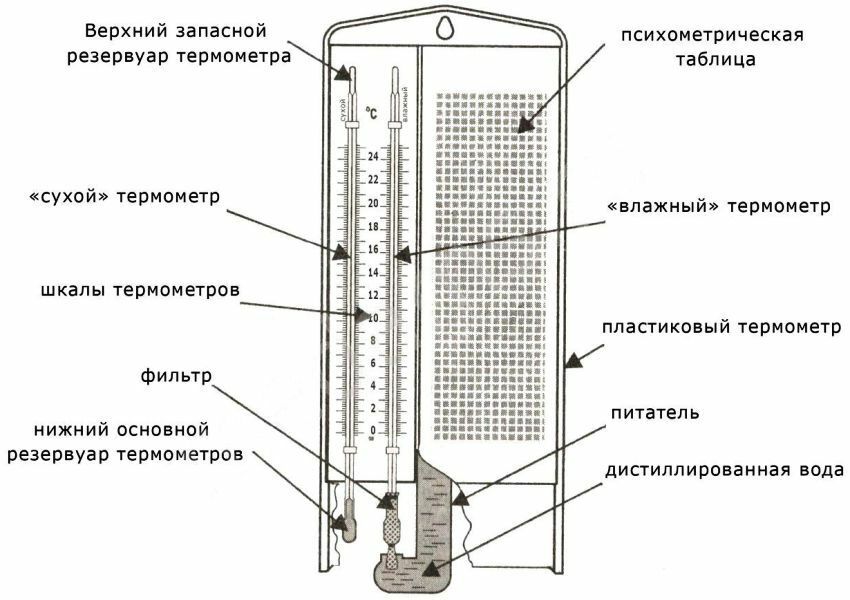
A psychometric hygrometer is a fairly simple, but nevertheless, quite accurate device. Therefore, some users prefer these particular devices.
Option number 4 - laboratory devices
Such devices belong to the category of professional hygrometers used exclusively in laboratory conditions. This subtype of measuring instruments includes mechanical weighing and condensing apparatuses.
Their application requires special skills and knowledge, therefore such hygrometers are not used for home humidity measurement.
Option number 5 - electronic hygrometers
These devices are digital instruments for measuring indoor climate. They are compact, easy to use and do not require any special skills from the owner.
Digital hygrometers are equipped with a special sensor and can operate both from the mains and from the battery charge, depending on the model and its cost.
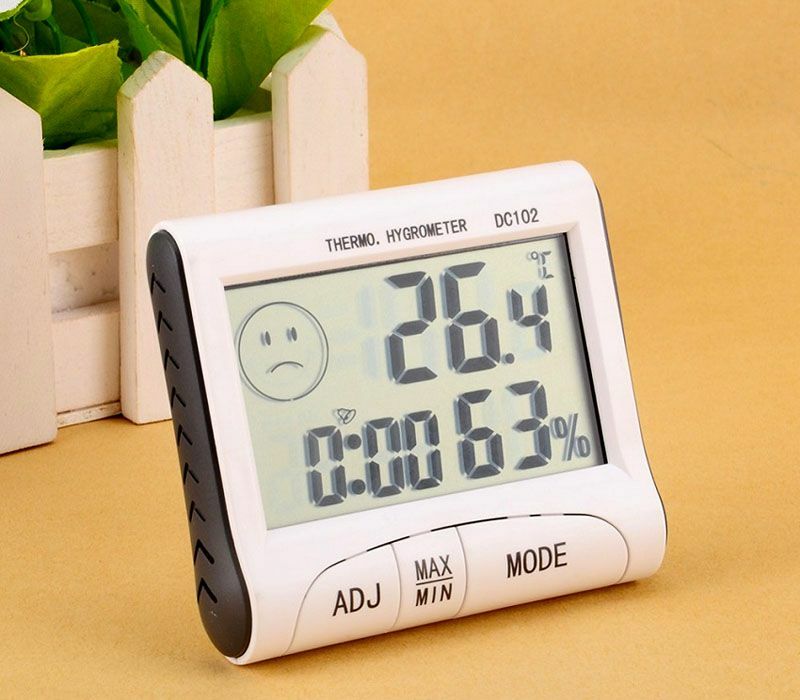
A digital hygrometer is not only a device that accurately determines the level of humidity in a room. It fits perfectly into the interior, and also combines the functions of a thermometer and a clock
Multifunctional digital hygrometers are often advertised by manufacturers as weather stations. These devices not only allow you to monitor indoor humidity readings, but also have a modern design and an amazing combination of options.
Alternative moisture measurement methods
Alternative methods should not be 100% trusted, however, their readings can be a reason to buy professional measuring equipment.
In addition to special equipment, there are alternative methods, however, such techniques are not among the most effective. They are only able to indicate deviations in the relative humidity of the room.
So how is the relative humidity in a room measured if a hygrometer is not at hand?
Method number 1 - a glass of water
In order to apply this method in action, you need to take ordinary tap water into a glass and cool it in a refrigerator to a temperature of no more than +5 ° C. Then, take the glass out of the refrigerator, leave it in the room for 10 minutes and evaluate the results of the experiment.
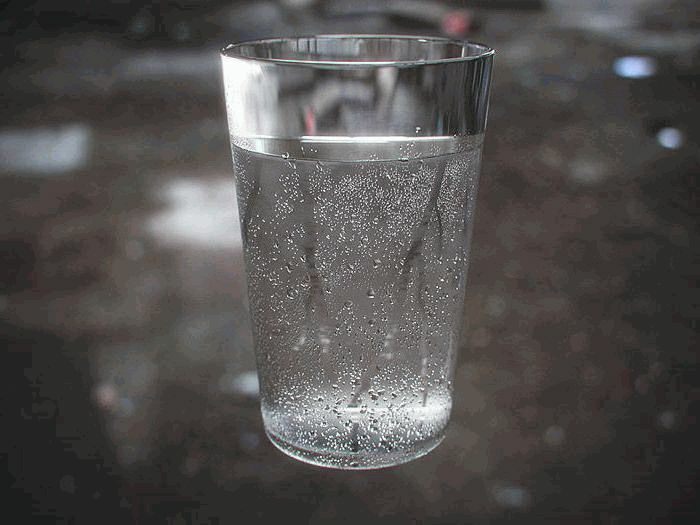
If condensation has formed on the surface and walls of the glass removed from the freezer, this indicates an excessively humid microclimate in the room.
If after 10 minutes the glass dries up, you can draw conclusions about too dry air. The optimal result is the presence of condensation, which does not dry out, but does not run off in large drops.
This testifies to the normal humidity of the air environment, which is comfortable for humans.
Method number 2 - using a mercury thermometer
This method is based on a principle similar to that of a psychometric hygrometer. In order to measure the humidity of the room, it is necessary to measure the air temperature with an ordinary mercury thermometer and record the indicators.
Then, wrap the thermometer head with a thick cotton cloth or gauze soaked in water and re-measure the room temperature. To obtain accurate indicators, you need to calculate the difference between the first and second measurements and calculate the result using a special table.
The results of the above two methods for determining humidity cannot be called reliable, therefore, to obtain accurate indicators, it is recommended to use professional or home hygrometers.
Recommendations for choosing a hygrometer
Modern hygrometers differ not only in functionality, but also in dimensions, prices and measurement accuracy.
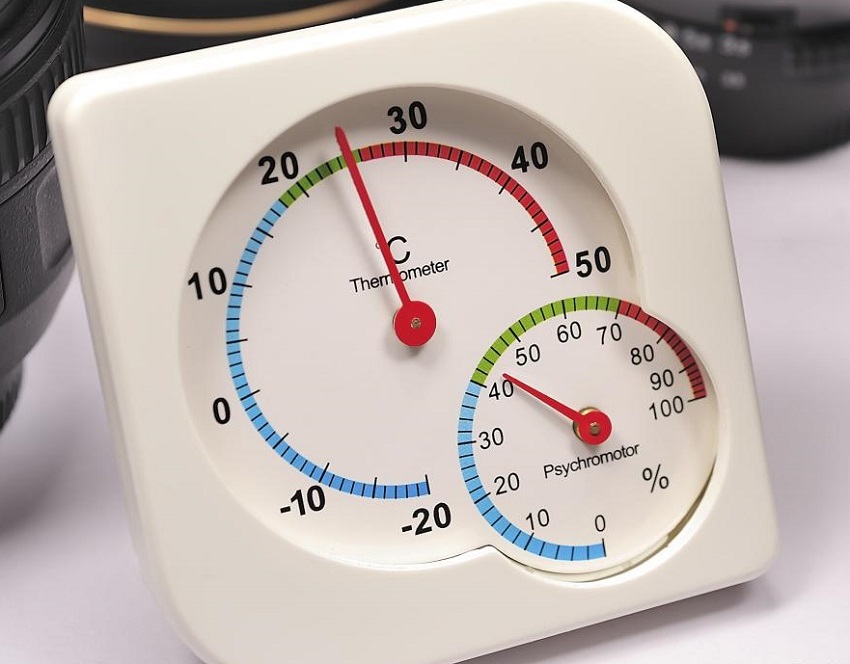
The normative humidity is considered to be a level from 40 to 60%. Humidifiers or dehumidifiers can be used to create optimal indoor conditions
The most optimal type of devices are digital devices, for the use of which you do not need to do any calculations and have any professional skills.
Such a hygrometer should be selected based on the following criteria:
- manufacturer's permissible measurement error;
- the width of the range of operating values;
- heating threshold, if the device is planned to be used in saunas or baths;
- speed of calculation of results;
- compactness and mobility;
- availability of additional options - clock, calendar, alarm clock, barometer, built-in Wi-fi module and others;
- price category and manufacturer's firm.
Before buying a hygrometer, you should carefully study not only the characteristics of the devices offered on the market, but also the reviews of buyers who have already experienced the device in action.
By purchasing a quality hygrometer, you can be confident in the accuracy of your relative humidity measurements. However, a number of related questions arise about how to normalize the microclimate and what methods and devices to use to normalize the indicators.
Tips for creating a comfortable microclimate
Follow the tips for regulating indoor humidity and be confident in the comfort and health of your household
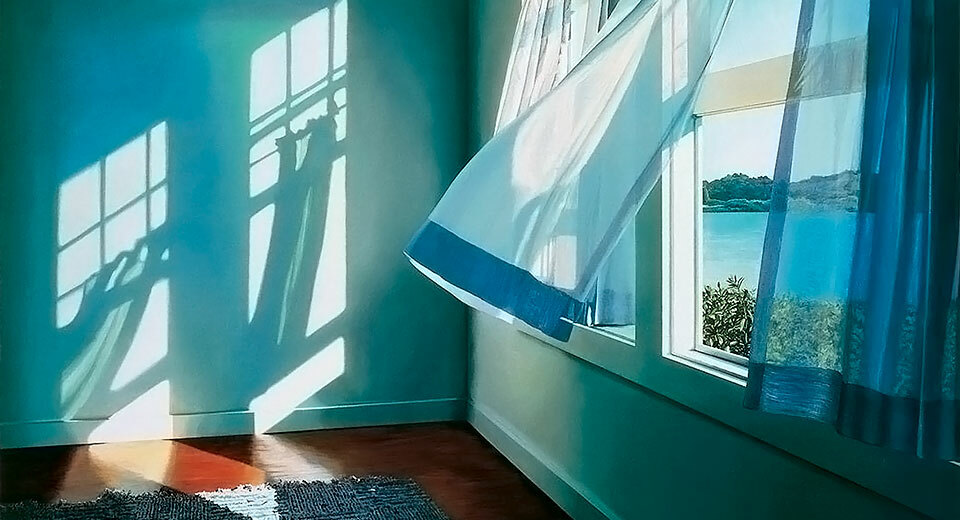
With low humidity in the room, you should regularly ventilate the room, perform wet cleaning at least 2-3 times a week, or purchase a special device for humidifying the air.
Instead of a humidifier, you can use climatic equipment with built-in humidification and ionization function.
In rooms in which the humidity is higher than normal, it is necessary to avoid drying clothes in the room and ensure high-quality ventilation of the room. Remember to use the appliance regularly to dry the air.
Careful measurement and control of the relative humidity in any room is the key to the health and well-being of humans, plants, animals and the durability of furniture and other structures that may lose their appearance due to excessive humidity or dryness of the air Wednesday.
Conclusions and useful video on the topic
How to measure the humidity in a room with a glass of water:
As you can see, a good measuring device is only half the battle, the most important thing is to take timely measures to restore the indoor microclimate and regularly monitor changes in indicators hygrometer.
Do you measure the humidity in your own home? What methods or devices do you use to do this? Please share your own experience with our readers. Leave your comments in the block below.
